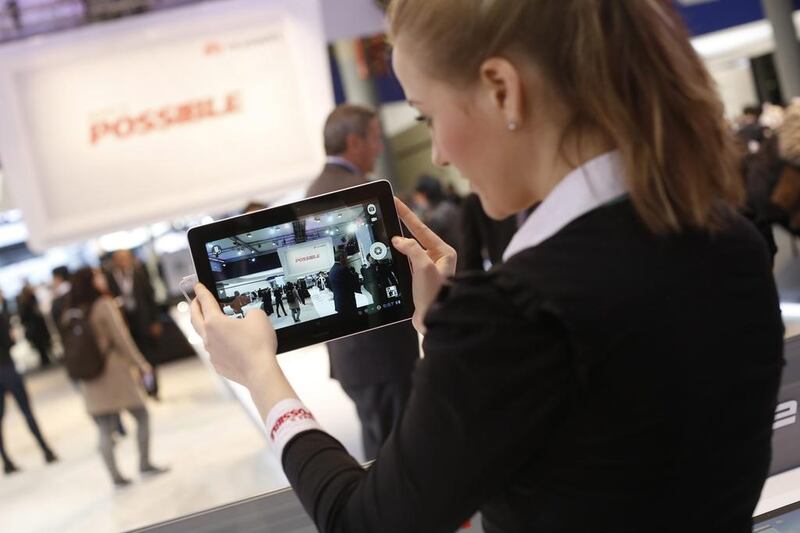We have seen an explosion of tablets since this new breed of device was launched a few years ago.
In fact, this month marks the fifth anniversary of the iPad’s introduction to the market, and while a number of vendors had made attempts at making the form factor work as far back as the 1980s, Apple’s iconic device was the first tablet to be deemed a success.
The composition of the tablet market has changed considerably since the iPad’s launch, with the reigning giants, such as Apple and Samsung, coming under growing pressure from hundreds of low-cost brands. So what does the year ahead hold in terms of tablet market dynamics?
Looking at the key market players, it is safe to say that the dominance of these tablet giants is fading.
The days of only seeing an Apple iPad or a Samsung Galaxy tablet in the hands of consumers are over, and not only because of the low-cost brands that have flooded the market over the last couple of years. A number of traditional PC vendors such as Lenovo, Dell and HP have also made significant gains.
Looking ahead, the market is likely to see consolidation among Asian brands, of which there are now more than 100.
Today’s mobile device landscape is as broad as it is diverse, with a plethora of options for the modern consumer to choose from.
Over the past few years, smartphones and tablets have been growing side by side, with each having their own place in the consumer market.
However, changes are afoot. The tablet market, which has been aggressively cannibalising the traditional PC space for years, is now coming under growing pressure itself from the “phablet” phenomenon.
Popular phablets, such as the Galaxy Note, iPhone 6 Plus, Nokia Lumia 1520 and HTC One Max, combine the features of a phone and tablet, and are generally larger than regular smartphone devices but smaller than tablets.
The growing popularity of these all-in-one devices, particularly among consumers with lower purchasing power, is expected to lead to a slowdown in the tablet market’s growth this year.
That is despite the tablet market now being supplemented by the arrival of 2-in-1 devices (tablets with detachable keyboards). Such devices remain expensive – their average price is about US$550 – and uptake is not likely to pick up fast until prices drop. The anticipated slowdown in the tablet market’s growth can also be attributed to the fact that the Middle East and Africa (MEA) region comprises a number of large markets such as the UAE, Saudi Arabia and Turkey that are near saturation.
Most consumers have already made their tablet purchases in these countries, and the refresh cycles are not expected to be so frequent as they were during the boom of the low-cost devices from Asia.
That said, the region’s tablet market is still expected to grow over the next couple of years, because MEA is also home to more than 60 countries that remain underpenetrated.
As such, the consumer segments in these markets continue to thrive despite the fact that newer devices such as phablets are beginning to take share away from tablet devices.
This is a rare positive sign, as all other regions around the world are expected to see year-on-year declines in their consumer segments as a result of saturation this year.
The political turmoil that has plagued the MEA region in recent times has not really hurt the tablet market as much as it has the PC market and other technology segments.
In fact, it has probably led to an increase in device purchases in certain countries as people feel the need to be constantly connected to social media to keep themselves up to date with current affairs and be in a position to start online campaigns.
Tablet sales to business also gaining traction in the region, although the biggest growth in terms of unit shipments is set to come from the education sector.
Many countries across the region have initiatives in place aimed at enhancing the education experience of students through the use of technology, and this includes a number of large tablet projects that are expected to be fulfilled over the next couple of years in countries such as the UAE, Qatar, Saudi Arabia, Turkey, South Africa, and Egypt.
Among the other sectors in the commercial segment we are also expecting to see a good uptake from the Healthcare and Hospitality industry.
While the MEA market may well look a little different in a couple of years from now, education deals and burgeoning consumer segments across the region will ensure that sales continue to flourish.
Based in Dubai, Victoria Mendes is a research analyst at IDC MEA





